| Attributo | Dettagli |
|---|---|
| Nota | Prendi due o tre campioni diversi per la previsione prima del test |
| Attrezzatura operativa | Spettrofotometro |
| Gatto n | BC3310 |
| Misurare | 50T/48S |
Componenti:
Estrarre la soluzione: 60 ml×1. Conservazione a 4 ℃.
Reagente I: 45 ml×1, stored at 4℃.
Reagente II: powder×1, stored at -20℃ and protected from light. Dissolve it in 35 mL of Reagent I before use. The reagent that cannot be used up shall be stored at -20℃ after repacking, repeat freezing and thawing are prohibited;
Reagente III: 45 μL×1, stored at 4℃ and protected from light. Before temporary use, add distilled water to dilute according to the volume ratio of 1:120, to prepare when the solution will be used.
Reagente IV: 155 μL×1, stored at 4℃ and protected from light. Before temporary use, add distilled water to dilute according to the volume ratio of 7:250, to prepare when the solution will be used.
Reagente V: Polvere×1, stored at -20℃ and protected from light. Dissolve it in 2.5 mL of distilled water before use, the reagent that cannot be used up shall be stored at -20℃ after repacking, repeat freezing and thawing are prohibited;
Descrizione del prodotto:
PEPCK (CE 4.1.1.32) è ampiamente presente negli animali, flowering plants, algae, some fungi, and bacteria. The enzyme catalyzes the conversion of oxaloacetic acid to phosphoenolpyruvate, which is the first-rate limiting enzyme regulating gluconeogenesis.
PEPCK catalyzes oxaloacetic acid to form phosphoenolpyruvate and CO2, pyruvate kinase and lactate dehydrogenase further catalyze the oxidation of NADH to NAD+ in turn, and determine the NADH decline rate at 340 nm, which can reflect the PEPCK activity.
Reagenti e attrezzature necessari ma non forniti
Spettrofotometro, low temperature centrifuge, water bath pot, 1 Cuvetta in quarzo da ml, pipetta regolabile, mortaio/omogeneizzatore, ghiaccio e acqua distillata
Procedura
IO. Extraction of crude enzyme solution:
- Campione di tessuto:
The proportion of tissue mass (G): volume of extract solution (ml): 1:5~10 (it is recommended to weigh about 0.1 g of tissue, aggiungere 1 mL of extract solution) for ice bath homogenate, then centrifugate at 8000 ×g per 10 minuti a 4 ℃, prendi il surnatante e mettilo sul ghiaccio per il test.
- Bacteria or cultured cells:
First, collect bacteria or cells into the centrifuge tube, and then discard the supernatant. The number of cells (104): the volume of the extract (ml) È 500-1000:1 (1 mL of the extract solution is recommended to be added to 5 million bacteria or cells), and the cells are broken by ultrasonic wave in ice bath (Energia: 200W or 20%, ultrasonic:3S, interval:10S, Repeat 30 volte). Then centrifuged at 8000 ×g per 10 minuti a 4 ℃, prendi il surnatante e mettilo sul ghiaccio per il test.
- Campione di siero: Direct determination.
II. Test procedura:
- Preheat the spectrophotometer for more than 30 minuti, regolare la lunghezza d'onda su 340 nm, and adjust to zero with distilled
- Soluzione funzionante: mix Reagent II, Reagente III, Reagent IV in the proportion of 7:1:1(V:V:V) before use. Prepare when the solution will be used.
- Preheat the working solution at 37℃ (mammifero) O 25 ℃ (altre specie) per 5 minuti.
- Tavolo operatorio: Add the following reagents to the 1 mL quartz cuvette in turn:
| Nome del reagente (µl) | Tubo vuoto(B) | Provetta(T) |
| Campione | – | 50 |
| Acqua distillata | 50 | |
| Soluzione funzionante | 900 | 900 |
| Reagente V | 50 | 50 |
| Add Reagent V and mix it immediately. Misurare il valore di assorbanza A1 a 340 nm for 10s and A2 at 70s. Calcolare ΔAT= A1T- A2T, ΔAB=A1B- A2B, and ΔA =ΔAT-ΔAB. Blank tube only needs to be done once or twice. | ||
III. Calculation of PEPCK:
- Calculation by micro quartz cuvette
- Calculated by tissue protein concentration:
Definition of enzyme activity: one unit of enzyme activity is defined as the amount of enzyme that catalyzes the consumption of 1 nmol of NADH per minute, ogni milligrammo di proteine.
PEPCK activity (U/mg prot) = ΔA÷(ε×d)×VRT×109 ÷ (VS× Cpr) ÷ T =3215.4×ΔA÷Cpr
- Calculated by the quality of tissue samples:
Definition of enzyme activity: one unit of enzyme activity is defined as the amount of enzyme that catalyzes the consumption of 1 nmol of NADH per minute, ogni grammo di campione.
PEPCK activity (U/g peso fresco) = ΔA÷(ε×d)×VRT×109 ÷ (VS÷VST×W) ÷T= 3215.4×ΔA÷W
- By cell count:
Definition of enzyme activity: one unit of enzyme activity is defined as the amount of enzyme that catalyzes the consumption of 1 nmol of NADH per minute every 10 thousand cells
PEPCK activity (Cella U/104)=ΔA÷(ε×d)×VRV×109÷(VS÷VST×500)÷T=6.43×ΔA
- Calculated by serum volume:
Definition of enzyme activity: one unit of enzyme activity is defined as the amount of enzyme that catalyzes the consumption of 1 nmol of NADH per minute every milliliter of serum
PEPCK activity (U/ml) = ΔA÷(ε×d)×VRV×109÷VS÷T=3215.4×ΔA
e: Molar extinction coefficient of NADH, 6.22×103 L/mol/cm; D: Light diameter of cuvette, 1 cm;
VRT: Total volume of reaction system, 0.001 l;
VS: The volume of sample in reaction system, 0.05 ml; VST: The volume of extract solution, 1 ml;
Cpr: Concentrazione proteica del campione, mg/ml, Self-determination of protein concentration; W: The mass of sample mass, G;
T: Tempo di reazione, 1 minuti;
500: Numero totale di batteri o cellule, 5 milioni; 109: Unit conversion factor, 1 moli = 109 nmol.
Nota:
- Quando A1 è inferiore a 1 oppure ΔA è maggiore di 0.6, it is recommended to dilute the sample to a proper multiple before determination to improve the detection
- For samples with high enzyme activity, such as animal liver, kidney and other tissues, it is recommended to dilute the extract to 5 times or more for
- The blank tube is a test well for testing the quality of each reagent component. In condizioni normali, the change does not exceed06.
- The steps of sample adding and mixing shall be rapid, and the stopwatch timing shall be accurate. If conditions permit, it is recommended that two persons cooperate to complete this
Esempio sperimentale:
- Take 0.1g liver and add 1 ml extract solution for homogenate. Take the supernatant and dilute it twice with the extract solution. Then operate according to the determination steps. Measure and calculate: ΔAT= A1D- A2D= 1.175-0.532=0.643, ΔAB=A1B – A2B =1.29-1.244=0.046, ΔA = ΔAT – ΔAB = 0.643-0.046 = 0.597
PEPCK activity (Massa U/g) = 3215.4×ΔA÷W×10 (rapporto di diluizione) = 3215.4×0.597÷0.1×10=191959.4 U/g mass.
- Take 0.1g aloe vera and add 1 ml extract solution for homogenization, take the supernatant and operate according to the determination steps. Measure and calculate ΔAT = A1T- A2T =1.257-1.106=0.151, ΔAB=A1B- A2B =1.29-1.244=0.046, ΔA = ΔAT – ΔAB =0.151-0.046=0.105
PEPCK activity (Massa U/g) = 3215.4 × ΔA÷W =3215.4×0.105÷0.1=3376.17 U/g mass.
prodotti correlati:
BC0730/BC0735 Pyruvate Carboxylase PC) Kit di analisi dell'attività
BC0920/BC0925 Fructose 1,6-bisphosphatase FBP) Kit di analisi dell'attività
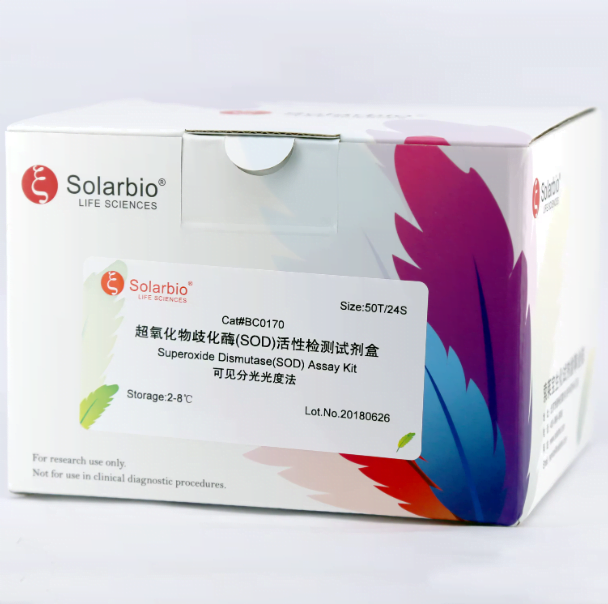
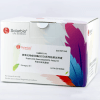
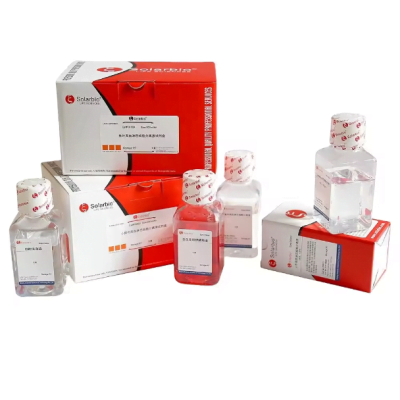
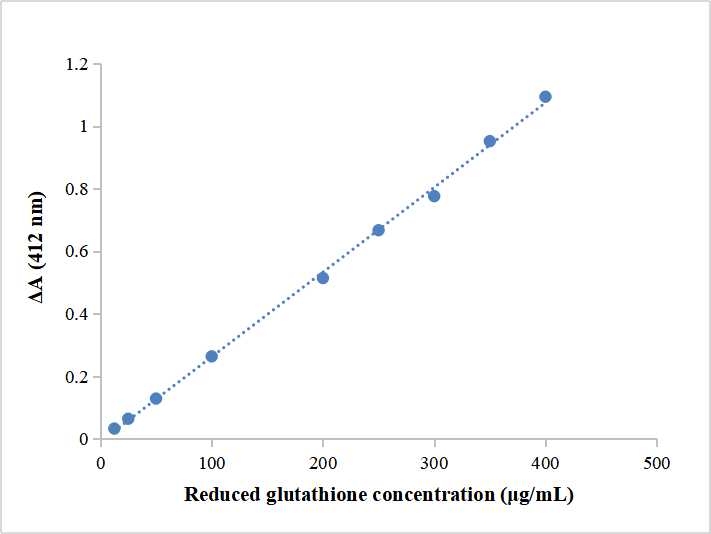
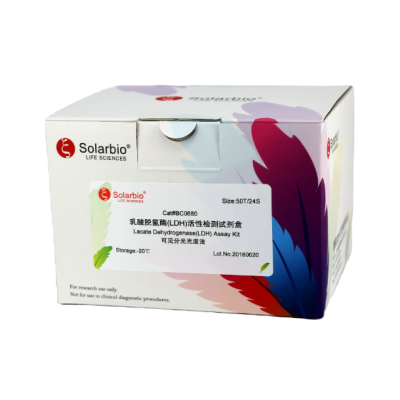
-scaled-400x400.jpg)
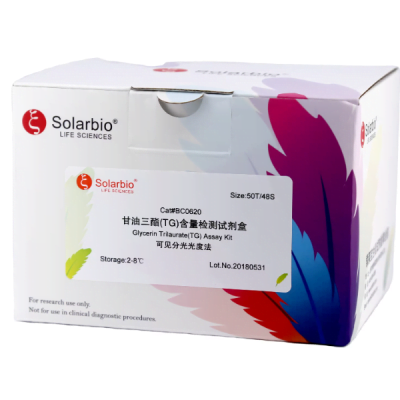
Recensioni
Non ci sono ancora recensioni.